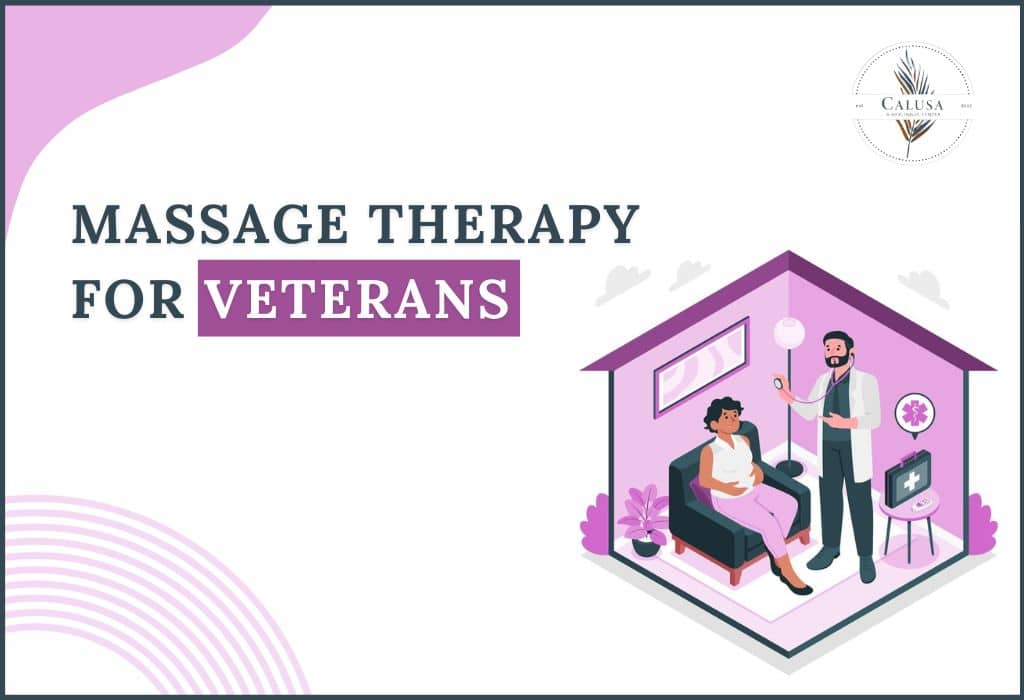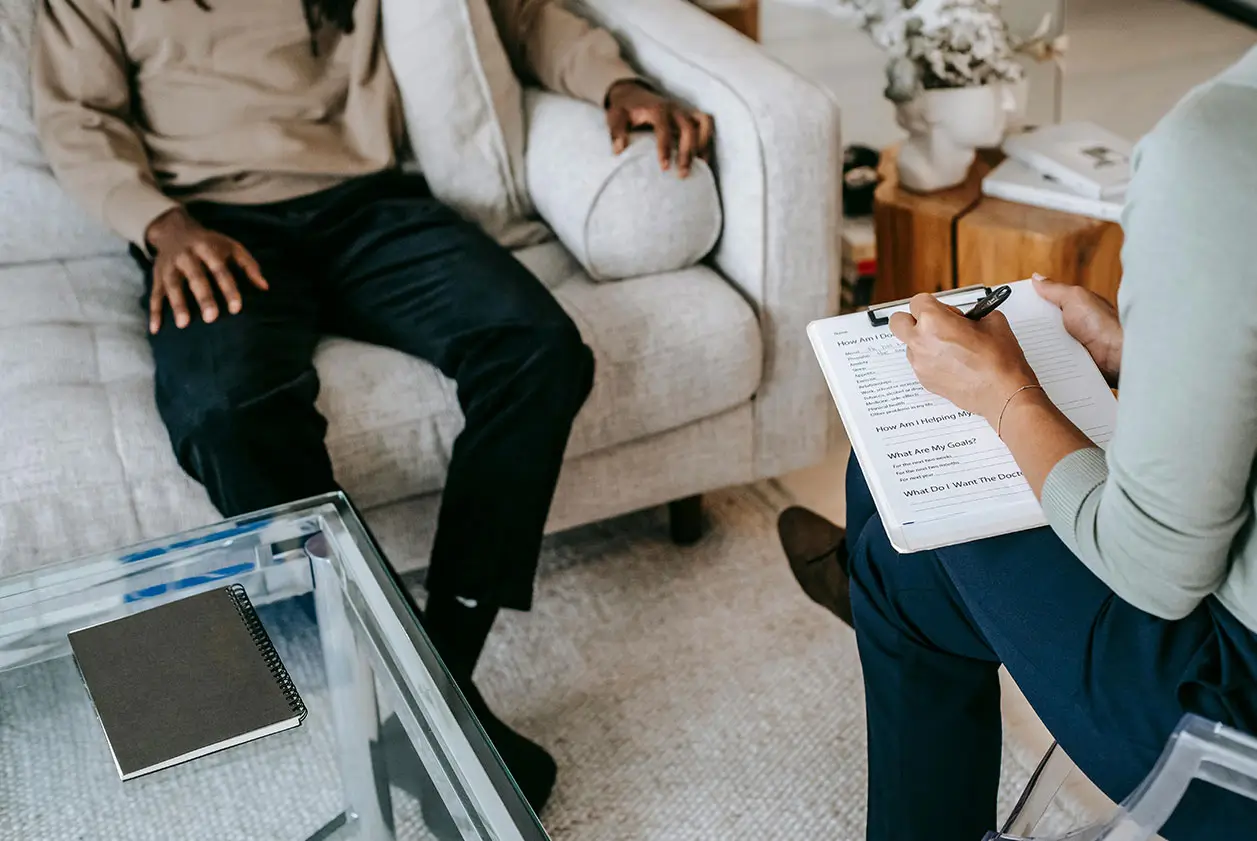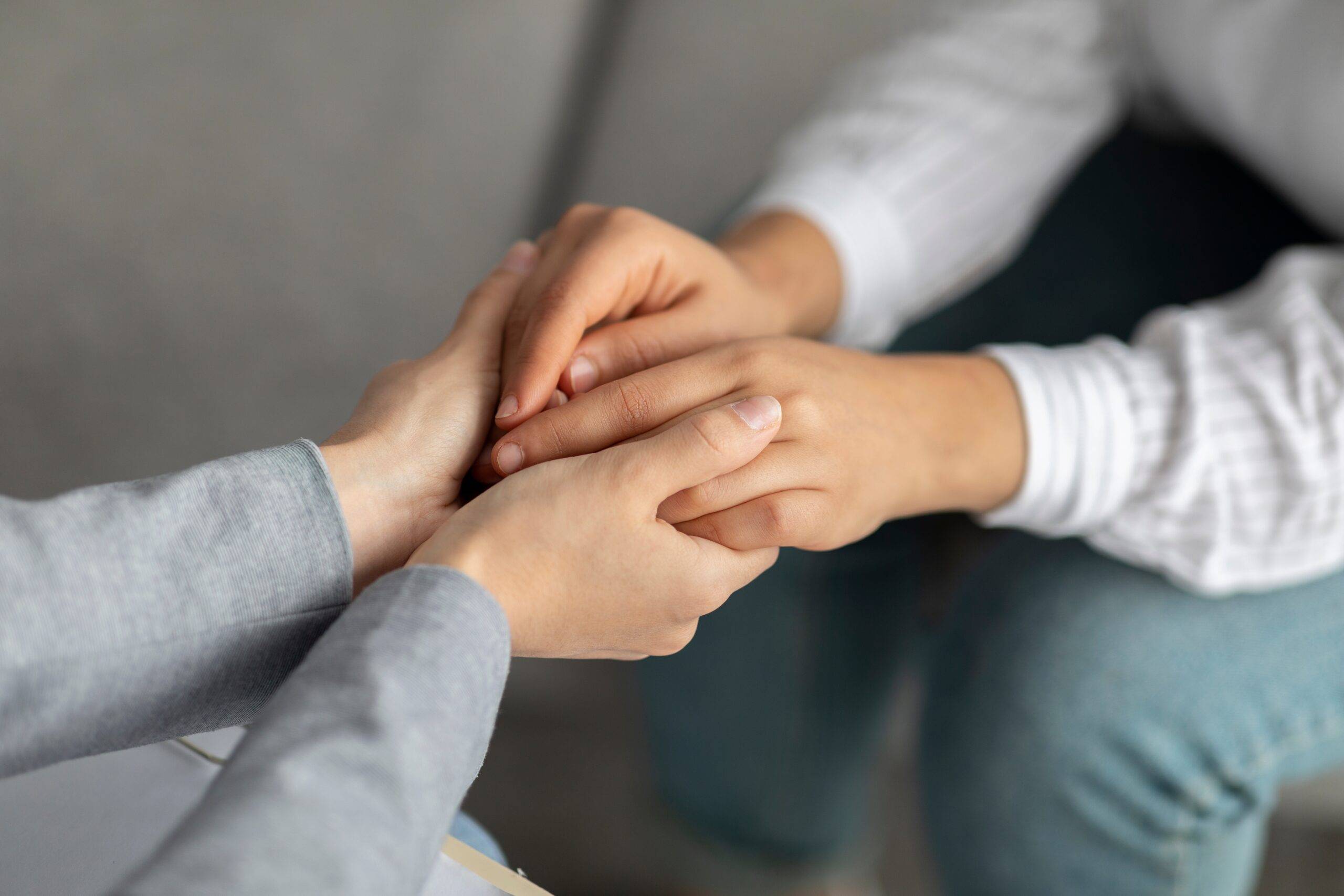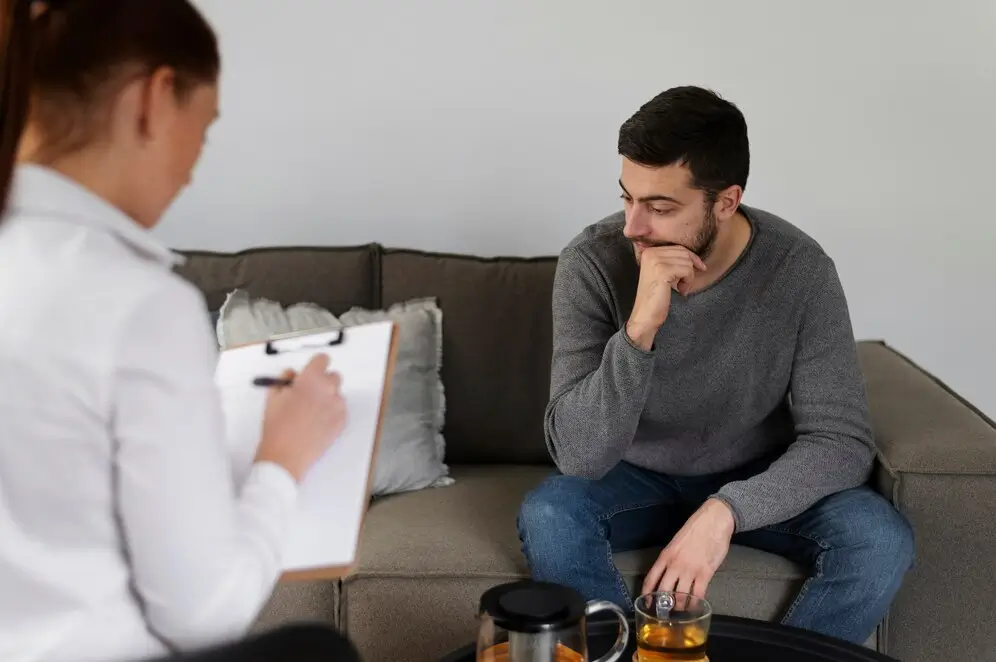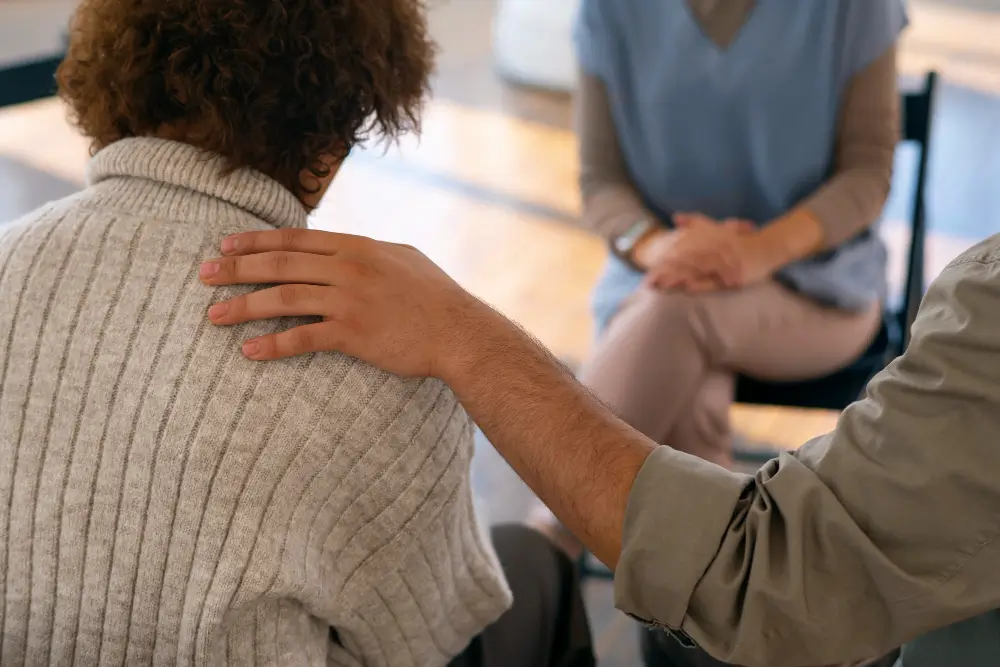Massage therapy for veterans, a practice of manipulating soft tissues to promote relaxation and well-being, has been around for centuries. While often associated with stress relief and pampering, massage offers a range of benefits that extend far beyond a simple indulgence. For veterans, a population who may face unique physical and mental health challenges due to their service, massage therapy for veterans can be a powerful tool for improving overall well-being. This essay explores the impact of massage therapy on veterans’ health, examining its contributions to their physical, mental, and emotional well-being. Since veterans have selflessly served our country, addressing their specific needs and exploring complementary therapies that can enhance their quality of life is crucial.
Feeling overwhelmed by service-related trauma?
Why Massage Therapy for Veterans?
Veterans often face a complex set of challenges upon returning from service. Physical injuries, chronic pain, and post-traumatic stress disorder (PTSD) are just some of the issues that can significantly impact their quality of life. PTSD, a mental health condition triggered by a terrifying event, can manifest through anxiety, depression, and flashbacks.
Post-Traumatic Stress Disorder (PTSD)
- Veterans often experience PTSD due to exposure to traumatic events during service.
- Symptoms include flashbacks, nightmares, severe anxiety, and uncontrollable thoughts about the event.
Physical Injuries
- Many veterans return with physical injuries ranging from minor strains to severe injuries such as amputations.
- Chronic pain and physical disabilities are common, necessitating long-term pain management and rehabilitation.
Stress and Anxiety
- The transition from military to civilian life can be stressful, leading to anxiety and adjustment disorders.
- The high-stress environment of military service contributes to chronic stress and mental health challenges.
Massage therapy addresses these unique needs by providing both physical and mental relief. It helps in managing pain, reducing anxiety, and promoting overall relaxation, which is crucial for veterans dealing with PTSD and other stress-related conditions.
Benefits of Massage Therapy
Massage therapy for veterans offers a wealth of benefits that can significantly enhance physical, mental, emotional, and social well-being.
Below, we go deep into the multifaceted advantages of incorporating massage therapy for veterans into your health regimen:
Physical Benefits
- Pain Relief: Massage therapy reduces pain, including muscle soreness, joint pain, and tension headaches.
- Improved Mobility: Enhances mobility and flexibility by loosening tight muscles and improving joint function.
- Muscle Relaxation: Alleviates muscle tension and spasms, increasing comfort and ease of movement.
Mental Benefits
- Alleviation of Symptoms of PTSD and Anxiety: Massage reduces symptoms by promoting relaxation and lowering stress hormones.
- Depression and Stress Reduction: Calming effects lower depression and stress levels, improving mental health.
- Improved Sleep: Regular massage enhances sleep quality, regulates sleep cycles, and reduces insomnia.
Emotional and Social Benefits
- Enhanced Mood and Emotional Stability: Massage therapy for veterans improves mood and emotional stability.
- Social Benefits: Feeling better emotionally leads to improved social interaction and quality of life.
- Mind-Body Connection: Massage strengthens awareness of physical and emotional needs, enhancing overall health.
Incorporating massage therapy for veterans into their routine can lead to profound improvements across various aspects of their life, making it a valuable tool for enhancing physical health, mental clarity, emotional stability, and social interactions.
How Massage Therapy Works
Massage therapy for veterans employs various techniques and relies on physiological mechanisms to deliver its benefits. Understanding how massage therapy for veterans works can help individuals make informed choices about the types of massage that best suit their needs and the therapeutic relationships that can enhance their overall experience.
Overview of Different Massage Techniques
- Swedish Massage: Long strokes, kneading, and circular movements promote relaxation and improve circulation.
- Deep Tissue Massage: Targets deeper muscle layers with slower strokes and deeper pressure to relieve chronic pain and tension.
- Myofascial Release: Gentle pressure on connective tissue restores motion and alleviates pain.
- Trigger Point Therapy: Targets knots in muscles to relieve referred pain and tension.
- Sports Massage: Enhances athletic performance, prevents injury, and aids recovery by focusing on overused areas.
The Physiological Mechanisms of Massage
- Increased Circulation: Massage therapy for veterans enhances blood flow to the treated areas, improving the delivery of oxygen and nutrients to tissues and facilitating the removal of metabolic waste
- Increased Circulation: Enhances blood flow, delivering oxygen and nutrients while removing waste, promoting healing, and reducing soreness and fatigue.
- Release of Endorphins: Stimulates the body’s natural painkillers and mood boosters, reducing pain and stress, and improving mood.
- Reduction of Cortisol Levels: Lowers stress hormone levels, promoting relaxation and supporting mental well-being.
- Improvement in Lymphatic Flow: Promotes movement of lymph, aiding in toxin removal and supporting immune function.
- Muscle Relaxation and Tension Relief: Relaxes muscles, reduces spasms, and relieves tension, improving flexibility and reducing pain.
The Role of the Therapist-Client Relationship in Therapeutic Outcomes
The relationship between the therapist and the client is crucial for achieving the best therapeutic outcomes in massage therapy for veterans. Key aspects of this relationship include:
- Trust and Comfort: Establishing a trusting relationship ensures clients feel safe and relaxed, essential for benefiting fully from therapy.
- Effective Communication: Open dialogue tailors therapy to clients’ needs, empowering them to discuss pain points and preferences.
- Personalized Treatment Plans: Tailored plans based on health history and goals enhance massage effectiveness.
- Professionalism and Boundaries: Clear boundaries and professionalism create a respectful environment, instilling confidence in the therapist’s skills and ethics.
By combining various massage techniques, understanding its physiological mechanisms, and fostering a strong therapist-client relationship, massage therapy can offer comprehensive benefits for physical, mental, and emotional well-being.
Finding Massage Therapy Programs
Finding a certified massage therapist is crucial for ensuring safe and effective treatment. Here are some resources to help you locate qualified professionals:
- Professional Associations: AMTA and NCBTMB offer directories of certified therapists.
- Online Directories: MassageBook and Thumbtack help find therapists, read reviews, and compare services.
- Local Healthcare Providers: Ask your primary care physician or physical therapist for therapist recommendations.
Overview of Programs Specifically Designed for Veterans
Veterans can benefit from massage therapy programs tailored to their unique needs. Here are some options:
- Veterans Health Administration (VHA): Offers integrative health programs, including massage therapy for veterans.
- Non-Profit Organizations: Wounded Warrior Project and Operation Homefront provide massage therapy for veterans.
- Specialized Clinics: Veteran-focused clinics offer massage therapy for veterans as part of care plans.
Role of VA (Veterans Affairs) and Other Organizations in Providing Access to Massage Therapy
- Veterans Affairs (VA): Recognizes the value of integrative therapies like massage for veterans.
- Community Care Programs: The VA Community Care Program offers massage therapy from approved providers.
- NGOs: Organizations provide access to massage therapy for veterans.
Considerations for Choosing the Right Program
When selecting a massage therapy program, consider the following factors:
- Therapist Qualifications: Certified and licensed therapists ensure quality care.
- Services Offered: Look for programs with diverse techniques like deep tissue or Swedish.
- Personalized Care: Choose programs with tailored treatment plans based on your needs.
- Reputation and Reviews: Check reviews for reputable therapists and programs.
Challenges and Considerations
Potential Barriers to Access
- Cost: Massage therapy for veterans can be pricey; seek programs with sliding scale fees or financial aid.
- Availability: Access to therapists may be limited; use online directories and telehealth options.
Addressing Skepticism or Lack of Awareness About Massage Therapy
- Education: Raise awareness through campaigns to promote massage therapy benefits.
- Testimonials: Share success stories from veterans to inspire others to try massage therapy.
Ensuring the Therapy is Tailored to Individual Needs and Conditions
- Assessment: A thorough initial assessment ensures tailored treatment.
- Communication: Regular feedback optimizes therapy outcomes.
Possible Contraindications or Side Effects of Massage Therapy
- Medical Conditions: Some conditions may make massage therapy for veterans unsafe.
- Side Effects: Soreness, fatigue, and bruising are common; discuss concerns with the therapist.
By considering these factors, veterans can find effective and accessible massage therapy programs that cater to their specific needs, ultimately enhancing their overall health and well-being.
Your Journey to a Brighter Tomorrow
Conclusion
In conclusion, the benefits of massage therapy for veterans are undeniable. From alleviating physical pain to reducing symptoms of PTSD and anxiety, massage therapy for veterans offers a holistic approach to improving overall well-being. Through its diverse techniques and physiological mechanisms, massage therapy addresses the unique needs of veterans, promoting relaxation, mobility, and emotional stability.
Join Calusa in advocating for better accessibility to massage therapy for veterans. Share this information with your community, reach out to policymakers, and support organizations working to improve veteran healthcare. Together, let’s ensure that every veteran has access to the care and support they deserve.
FAQs
Que: Can you get massage therapy through the VA?
Ans: Clinical massage therapy is an evidence-based, complementary, and integrative health approach in the VHA Whole Health System of care. It is covered by Veterans medical benefits when deemed clinically necessary by their care team, as outlined in VA Directive 1137 – Provision of Complementary and Integrative Health.
Que: Will the VA buy me a massage chair?
Ans: The veteran is not eligible for readmission into the independent living services program, which includes acquiring a massage chair, a desktop computer, a desk, and a recumbent exercise bicycle.
Que: What is a PTSD massage?
Ans: In a trauma massage session, the therapist focuses on muscles, muscle groups, tendons, and soft tissues to alleviate tightness, release knots and trigger points, and enhance flexibility and mobility for the client.
Que: How to get Tricare to pay for massage therapy?
Ans: Massage services are not covered by TRICARE. Please note that this list of covered services is not exhaustive. TRICARE covers medically necessary services.

